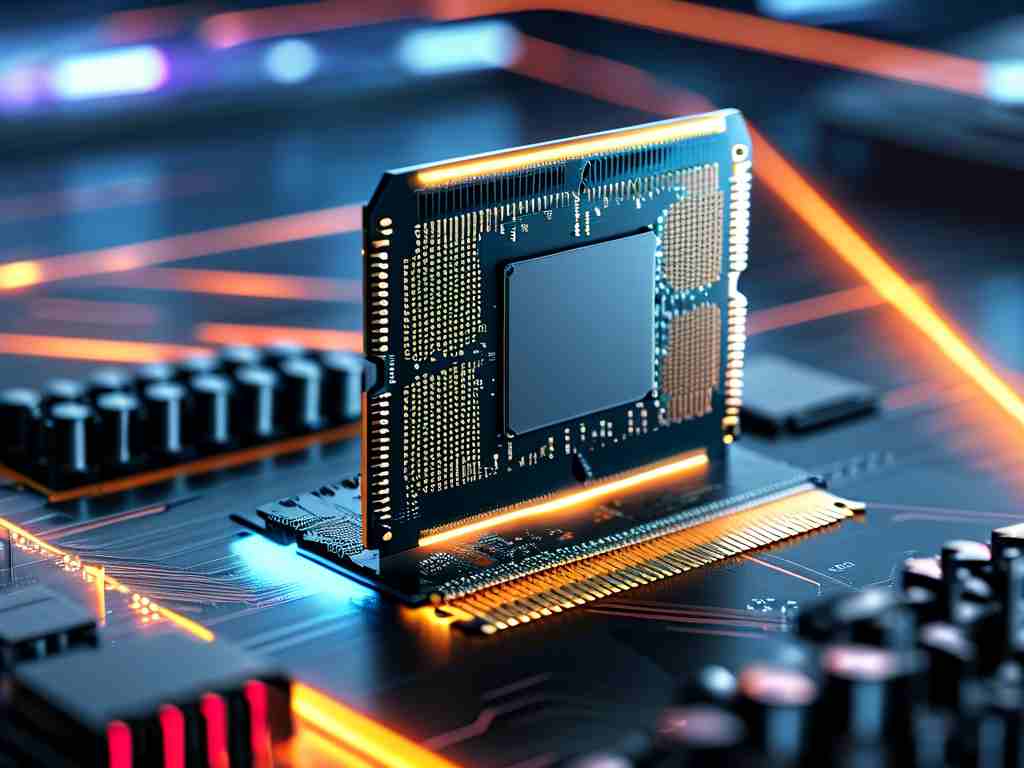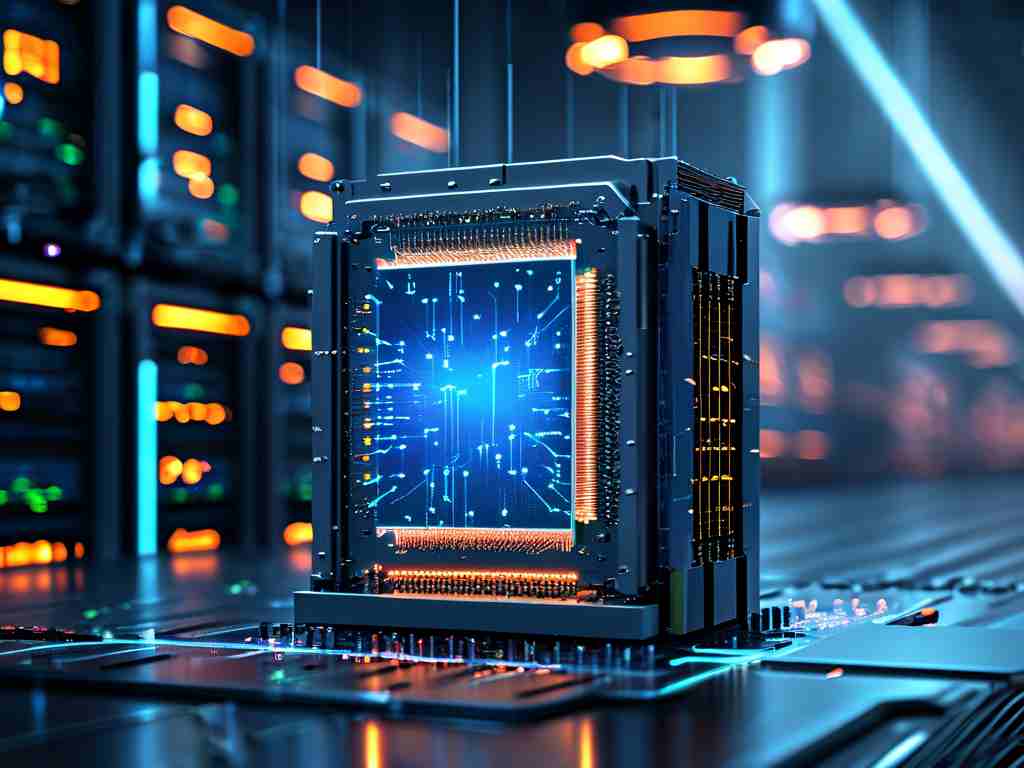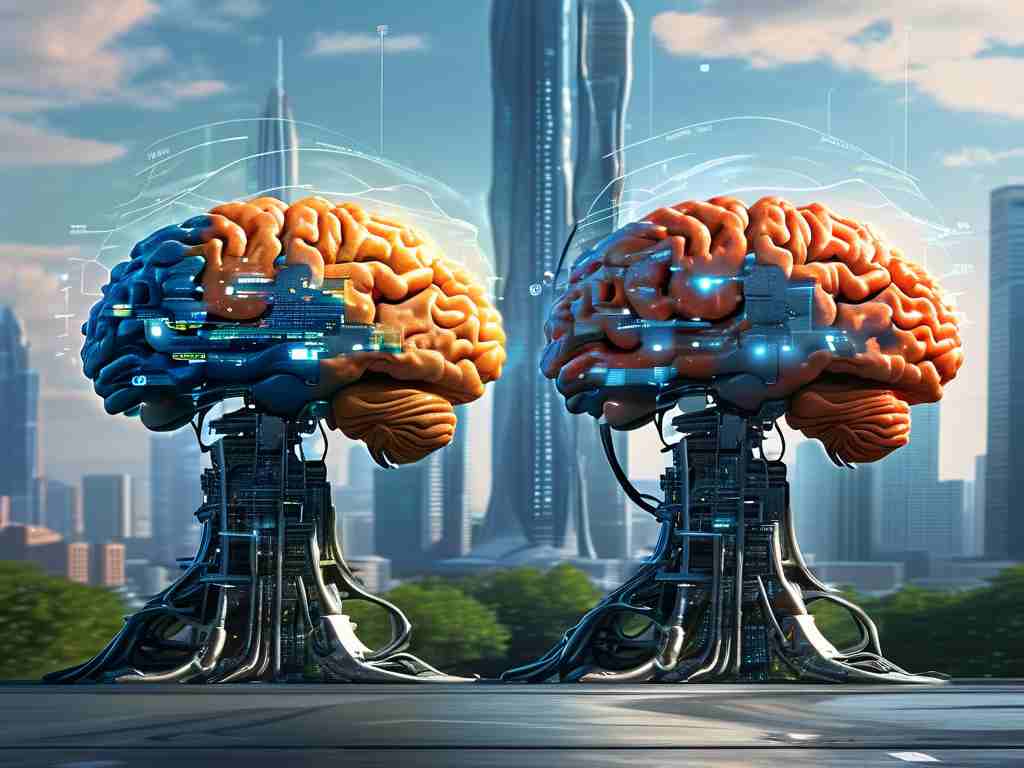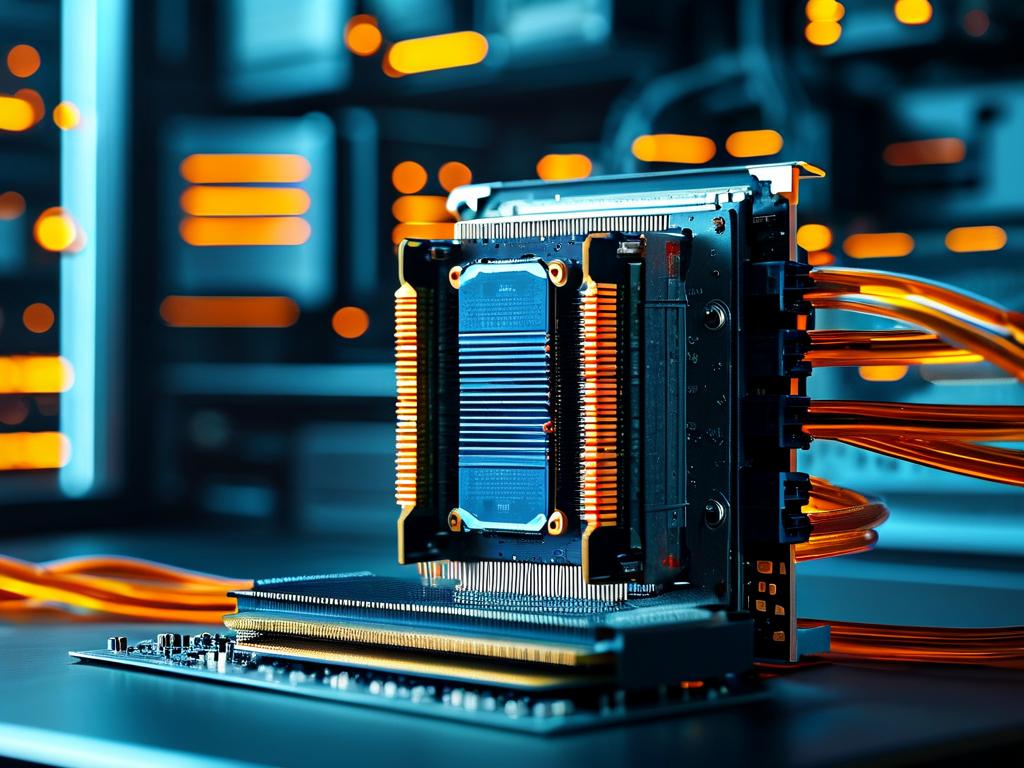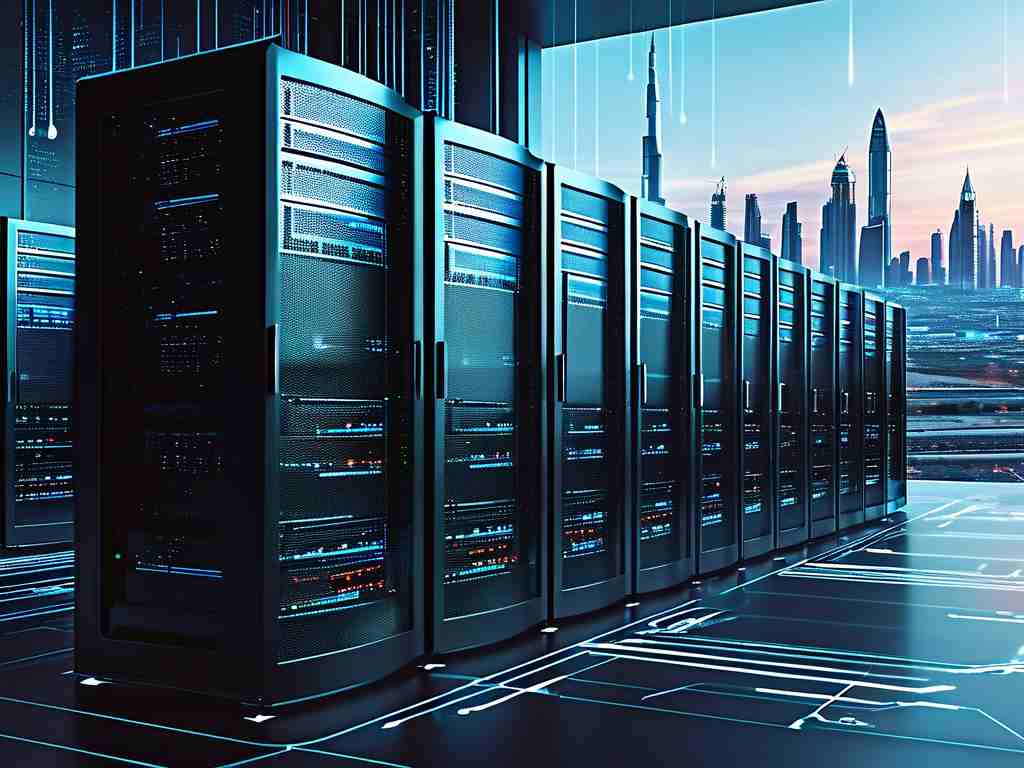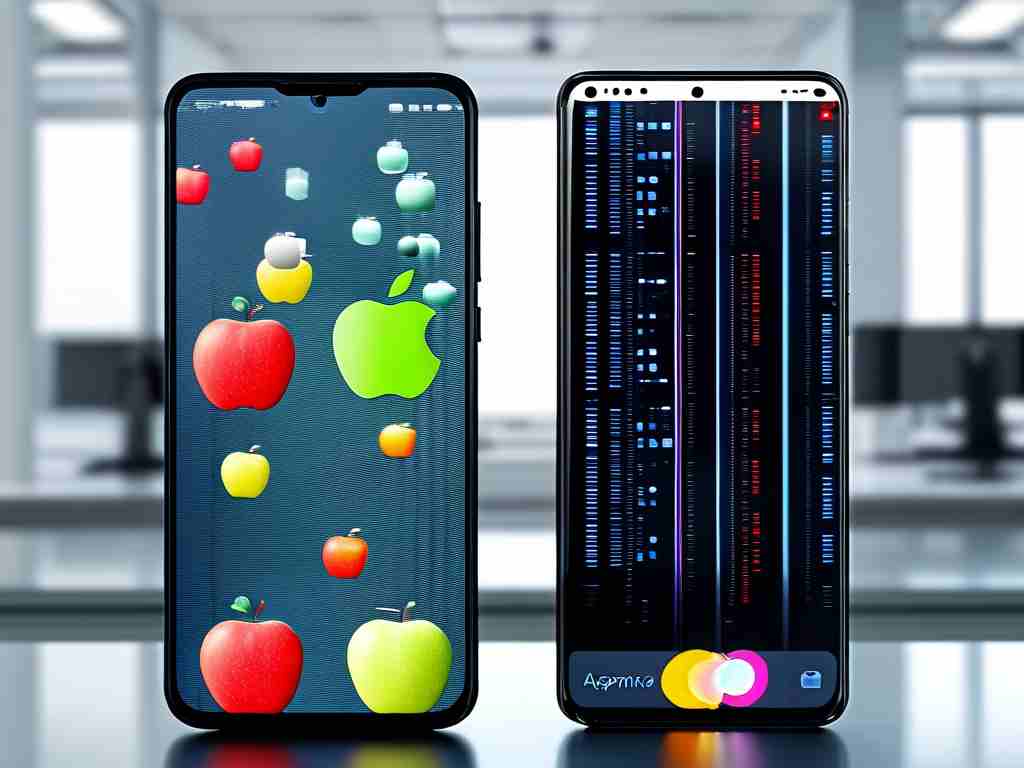In the realm of computing, the terms "memory computing" and "disk computing" often surface in discussions about performance and efficiency. While both approaches handle data processing, they differ fundamentally in execution, use cases, and underlying mechanisms. This article explores these distinctions to clarify why they are not interchangeable and how they shape modern computing architectures.
Defining the Concepts
Memory computing refers to data processing that occurs directly within a system’s volatile memory (RAM). This method prioritizes speed, as RAM allows near-instantaneous access to data. Applications requiring real-time analytics, such as financial trading platforms or gaming engines, rely heavily on memory computing to minimize latency.
Disk computing, on the other hand, involves reading and writing data to non-volatile storage devices like HDDs or SSDs. While slower due to mechanical or electronic retrieval processes, disk computing excels in handling large-scale, persistent datasets. Databases for archival purposes or batch processing systems often use this approach.
Core Technical Differences
- Speed and Latency
Memory computing operates at nanosecond latency levels because it avoids physical data movement. For example, a Python script manipulating an in-memory array completes tasks orders of magnitude faster than one reading from a CSV file on disk. Consider this simplified code snippet:
# Memory-based operation
data = [i * 2 for i in range(10**6)]
# Disk-based operation
with open('data.csv', 'w') as f:
for i in range(10**6):
f.write(f"{i * 2}\n")
The first operation executes almost instantly, while the second may take seconds due to I/O bottlenecks.
-
Cost and Scalability
RAM is significantly more expensive per gigabyte than disk storage. A enterprise-grade server with 1TB of RAM might cost over $10,000, whereas a 1TB SSD retails for under $100. This cost disparity forces architects to balance memory allocation carefully, reserving it for critical tasks while offloading less urgent processes to disk.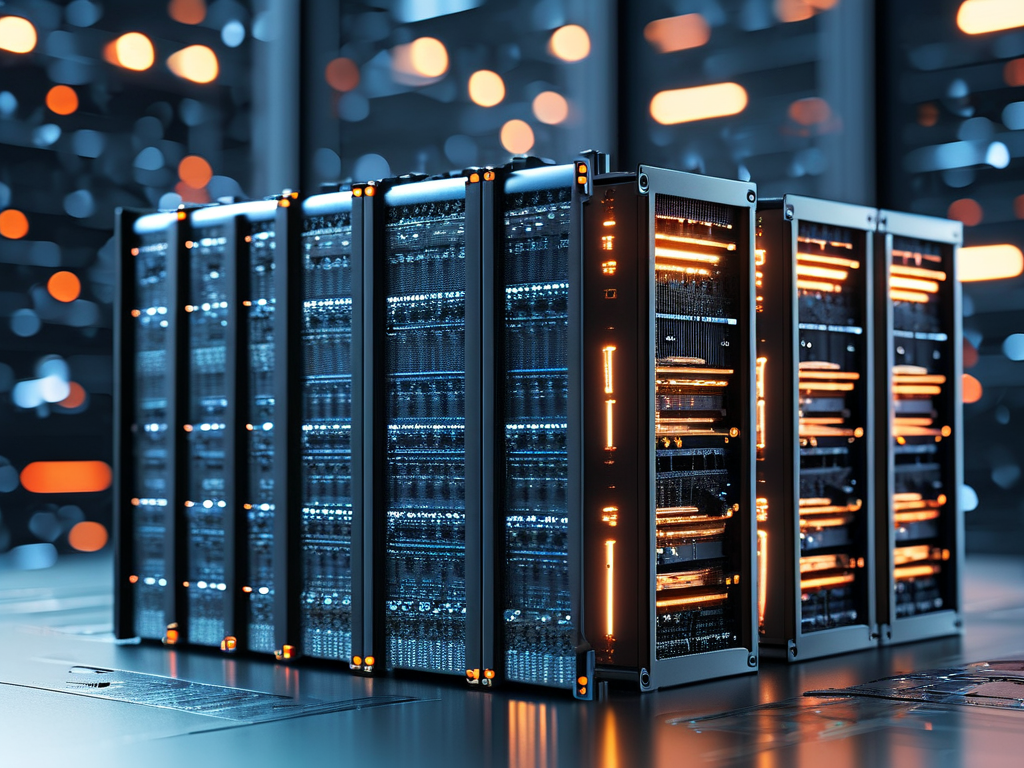
-
Data Persistence
Volatile memory loses data when power is interrupted, making it unsuitable for long-term storage. Disk-based systems, while slower, preserve data across sessions—a critical feature for transactional systems like banking software.
Performance Trade-offs in Practice
Modern frameworks often blend both approaches. Apache Spark, for instance, uses in-memory caching to accelerate iterative algorithms while spilling excess data to disk when RAM limits are reached. This hybrid model highlights the importance of context: neither method is universally "better," but each serves specific scenarios.
A 2023 study by Gartner revealed that 68% of enterprises now adopt memory-optimized databases for customer-facing applications, while 72% still depend on disk-based systems for compliance archives. This bifurcation underscores the complementary nature of the two technologies.
The Future of Computing Architectures
Emerging technologies like persistent memory (e.g., Intel Optane) aim to bridge the gap by offering non-volatile storage with near-RAM speeds. Similarly, advancements in storage-class memory (SCM) could render traditional distinctions obsolete, enabling seamless transitions between memory and disk tiers.
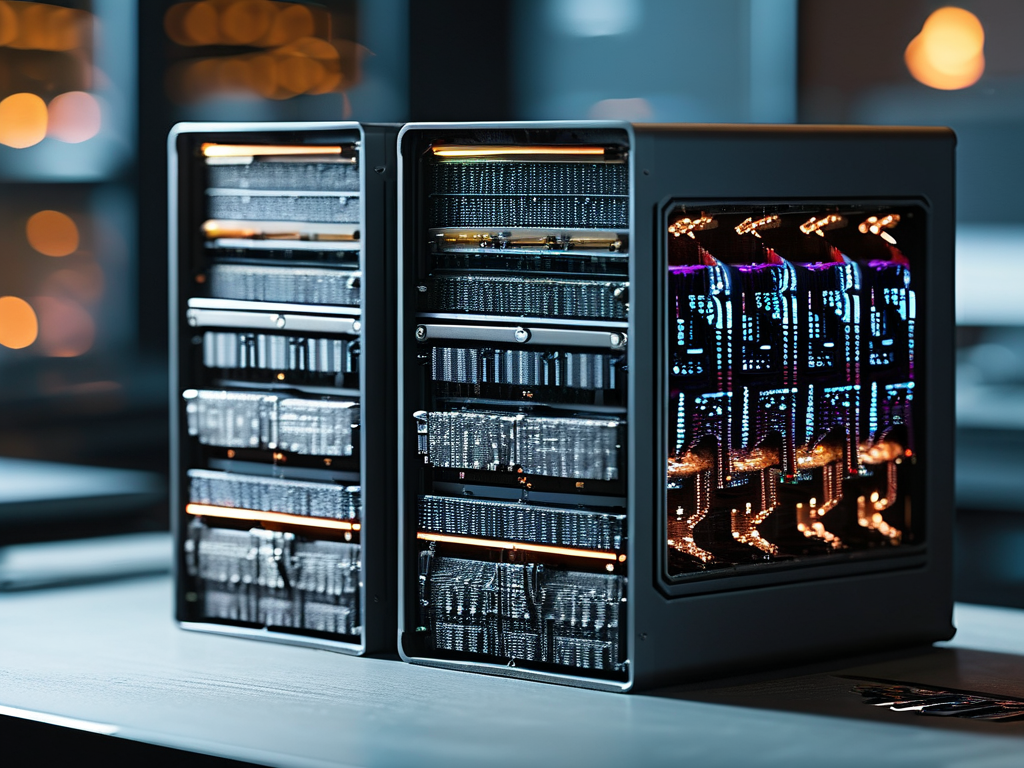
Memory and disk computing address different needs within the data processing lifecycle. While memory excels at speed for transient operations, disk storage provides affordability and durability for large-scale, persistent data. Understanding their differences empowers developers and architects to design systems that optimize both performance and cost—a balance that remains central to effective computational strategy.


